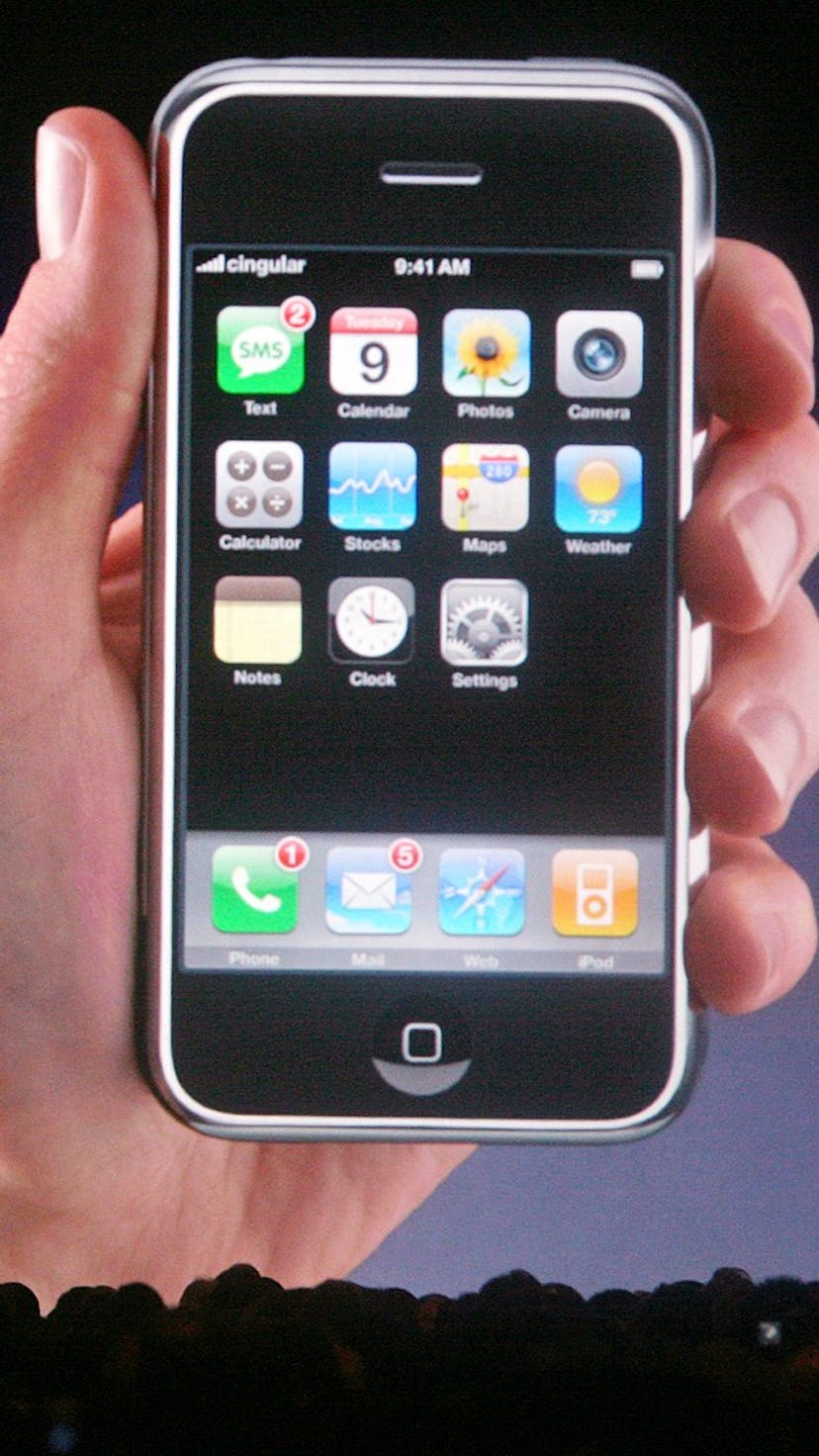Tech
15 Years Of The iPhone, In Pictures
The device debuted on June 29, 2007. Here’s how it’s changed.

Name a modern device that’s impacted society more than the iPhone — I’ll wait. Going on sale on June 29, 2007, the smartphone has evolved a lot since its inception, from its appearance to its camera capabilities. Here are just some ways the iPhone has changed over the years.
A Smartphone Is Born
The first iPhone came onto the scene with a 3.5-inch touch screen display, 16 GB of memory, a 2-megapixel camera, and, of course, access to internet and cell data. People lined up around the block for a chance at the $600 device.
KAREN BLEIER/AFP/GettyImages
Siri
The iPhone 4S in 2011 would introduce the voice of Apple as we know it today: the digital assistant known as Siri. Setting a precedent for later AI helpers like Amazon’s Alexa, Siri is now available on all Apple products.
Matt Grayson/PA Images via Getty Images
Charging
In 2012, the iPhone 5 replaced the FireWire charging port with today’s Lightning cable input. (Chances are you still have some of those wide chargers around.)
Headphones & Home Button
In 2016, the iPhone 7 would officially ditch the headphone jack to give the phone a better battery. (Wired headphone girlies found a way to make it work, though.) In 2017, the iPhone X would also herald the death of the home button, replaced with Face ID.
Camera
The original iPhone’s 2-megapixel camera would quickly get an upgrade. In 2009, the iPhone 3GS would introduce video, and, in 2010, the iPhone 4 debuted the front-facing camera. (Yes, users couldn’t take a true selfie until 2010.)
The capabilities of the iPhone camera quickly leveled up in 2016 with the iPhone 7’s dual camera. In 2019, the iPhone 11 would debut three lenses — including a telephoto lens and an ultra-wide lens.